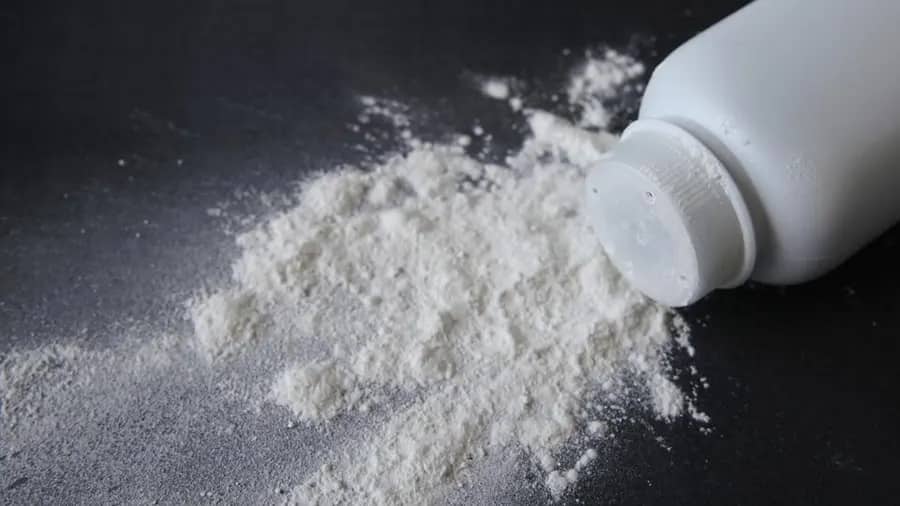In recent years, the Johnson & Johnson talcum powder lawsuit has garnered significant attention, raising concerns about the potential health risks associated with the company’s talcum powder products. The legal battle revolves around allegations that the prolonged use of Johnson & Johnson’s talcum powder can lead to ovarian cancer.
According to a report by the BBC, Johnson & Johnson is currently confronted with over 40,000 lawsuits filed by previous customers who claim that the use of their talc-based baby powder contributed to their cancer diagnosis.
In this article, we will delve into the key facts and developments of the lawsuit, shedding light on the impact it has had on public health, consumer safety, and corporate accountability.
A Brief Background
Talcum powder, derived from the mineral talc, has been widely used for decades as a personal hygiene product, particularly for its moisture-absorbing properties. Johnson & Johnson, a renowned consumer goods company, has been a major player in the talcum powder market. In fact, according to Statista, approximately 43.34 million Americans used J&J’s Baby Powder in 2020.
However, concerns about the safety of their talc-based products emerged when studies suggested a potential link between talcum powder and ovarian cancer.
The Lawsuits Against Talc Products
The Johnson & Johnson talcum powder lawsuit gained momentum when numerous women filed legal claims alleging that the company’s talcum powder caused their ovarian cancer.
The cases argued that Johnson & Johnson knew about the potential risks associated with talcum powder but failed to adequately warn consumers. These lawsuits brought attention to the need for comprehensive investigations into the safety of talcum powder products.
In a recent Johnson & Johnson talcum powder lawsuit update, CNBC reported that as a result of these legal proceedings, Johnson & Johnson has made the decision to discontinue the global sale of its talc-based baby powder in 2023.
Scientific Studies and Findings
Several scientific studies have examined the possible connection between talcum powder and ovarian cancer. While some studies have found a correlation, others have not established a definitive link.
The International Agency for Research on Cancer (IARC), which operates under the WHO, categorizes talc applied in the genital area as having a potential risk of causing cancer in humans.
Furthermore, Dr. Daniel Cramer, a researcher from Harvard University who has dedicated almost forty years to studying the link between talc and cancer, discovered that women who regularly apply talcum powder to their genital area have a 33 percent increased risk of developing ovarian cancer compared to women who do not use baby powder.
However, it’s important to note that the findings have not been universally accepted, and further research is still needed to establish a conclusive relationship.
Legal Proceedings and Verdicts
Over the years, multiple lawsuits have been filed against Johnson and Johnson, leading to a series of legal proceedings and verdicts. In some cases, juries have awarded substantial compensation to plaintiffs, holding the company responsible for their ovarian cancer.
According to TorHoerman Law, Johnson & Johnson has put forth a settlement proposal of $8.9 billion to approximately 60,000 plaintiffs who have reportedly agreed to the company’s latest bankruptcy plans.
Despite the legal challenges, Johnson & Johnson has staunchly defended the safety of their talcum powder products, asserting that they are not linked to cancer. The company has pursued appeals and attempts to overturn unfavorable verdicts and judgments.
Regulatory Scrutiny and Product Safety
The talcum powder lawsuits have also prompted regulatory bodies to examine the safety of talc-based products. The U.S. Food and Drug Administration (FDA) has conducted investigations and tests to assess the presence of asbestos, a known carcinogen, in talcum powder.
While asbestos contamination is a separate concern, the FDA has not banned the use of talcum powder in cosmetics but requires manufacturers to ensure their products are free from asbestos.
Public Health and Consumer Awareness
The Johnson & Johnson talcum powder lawsuits have raised public awareness about the potential risks of talc-based products. Consumers are now more cautious and are seeking alternatives to traditional talcum powder.
The lawsuits have also sparked discussions about the need for greater transparency from companies regarding the safety of their products and the importance of rigorous testing and labeling.
Conclusion
The talcum powder lawsuit against Johnson & Johnson has become a focal point for debates surrounding product safety, corporate accountability, and public health. While scientific studies have provided conflicting results, the litigation has shed light on the importance of comprehensive investigations and continued research into the potential risks associated with talcum powder.
As the legal proceedings continue, it remains crucial for consumers to make informed choices, while companies should prioritize transparency and safety when it comes to their products.
